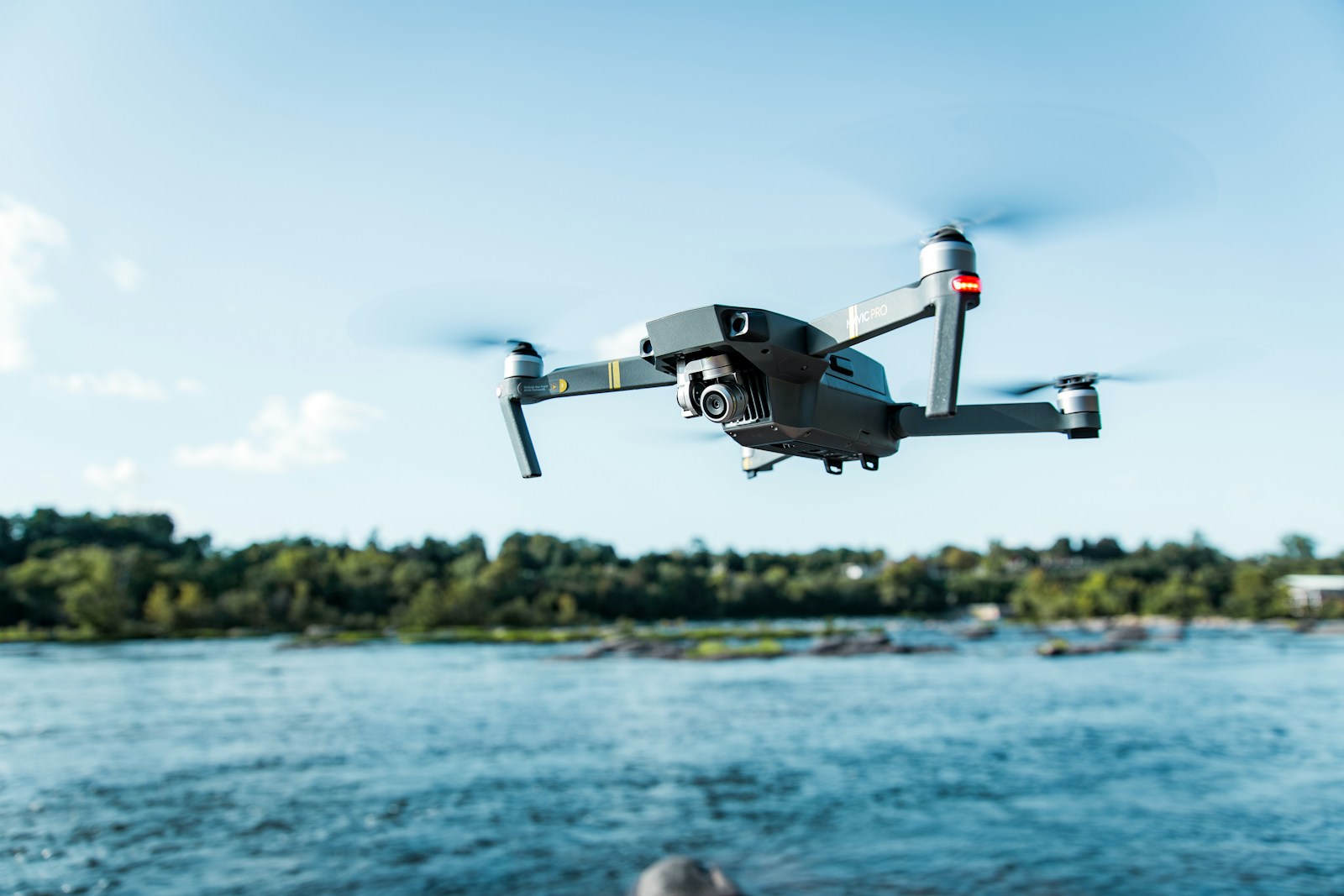Key takeaways
- AI scans drone images in seconds versus minutes for humans
- Flood conditions hide victims under debris and water
- Human experts steer AI to flag likely victim areas
- Teamwork speeds up searches when every hour counts
Introduction After a major flood rescuers face a sea of debris and muddy water. Drones help by sending hundreds of photos in minutes. Yet humans alone cannot review every image fast enough. AI systems promise to sort images and point out clues. However today’s AI still misses many victims hidden under debris. Therefore combining human skill with machine speed offers the best hope.
The Power of Drones Drones quickly map large flood zones. They fly over streets and riverbanks and snap high resolution views. A single twenty minute flight can capture over eight hundred images. With ten flights rescuers end up with more than eight thousand photos. If each photo takes thirty seconds to review it would take seventy hours. In a real rescue that is far too slow. Lives depend on quick action in the first critical hours.
AI Today Has Limits Modern AI uses machine learning to recognize objects in images. It can spot cars trees or backpacks in clear aerial shots. Yet flood victims often lie partially hidden under wood branches or mixed among trash. They may float on water or crouch behind fences. Such varied situations confuse current AI. It either misses true victims or flags too many false targets. A flood scene confuses a computer that has only seen hikers or vehicles.
Moreover training AI needs many labeled examples. No dataset shows people tangled in mud or half submerged in water. Without such real world examples AI classes struggle to learn those patterns. Also drone cameras often tilt so photos are angled not straight down. That makes it hard to match a flagged spot to the correct GPS on the ground. If the GPS is off by even a few feet teams must search blindly through thick mud and water.
How Humans and Machines Work Together Despite limitations AI still brings huge benefits when paired with human insight. First AI can filter out clear empty images and find likely areas of interest. Then human experts review those flagged images and confirm whether the hint could be a person. This two stage approach cuts the number of photos to inspect by a large margin.
Next AI can learn from human feedback. When rescuers label a false alarm the system updates its model. Over time the machine reduces false positives and misses fewer victims. In this way both AI and humans improve each other’s work.
Detecting Debris Piles One promising tactic is teaching AI to spot debris that might hide victims. After a flood branches panels and mud often collect in patches. These floating piles can trap people or belongings. An AI system may not see a drowned hiker but it can flag a large heap of trash or wood. Rescuers can then zoom in on those spots. Humans know that where debris collects people may also stop or become stuck.
By focusing on debris AI avoids the need to identify every victim posture. The system only marks places where remains could gather. This simplifies the problem and reduces errors.
Prioritizing Searches Once debris piles are mapped rescuers can plan their route. They start with the most promising clusters. They call in boats or walking teams equipped with life jackets and medical supplies. AI can also rank these clusters by size or proximity to roads. That way teams avoid wasting time on unlikely spots.
In later stages when survivors are less likely the same method helps locate bodies more respectfully and accurately.
Real World Search Example In a recent flood test experts flew drones over a river bend. The AI model flagged dozens of debris clusters. Human reviewers checked each flagged image on a laptop. They identified nine sites needing on foot inspection. Teams reached those spots within an hour. They found three test dummies placed in mud under branches. Without AI they would have needed to examine a hundred images by eye.
This trial showed the value of co operation. AI did the heavy lifting of scanning thousands of photos. Humans used their experience to confirm true finds.
The Road Ahead To further improve results researchers plan to build custom flood victim datasets. They will stage mock victims under branches and in water. Then they will label images so AI has real examples to learn from. Moreover they will record each drone’s exact altitude and camera angle. That extra data will let AI compute precise ground coordinates. As a result teams can reach a flag with minimal wasted effort.
In addition future models will weave together data from heat sensors or sound detectors on drones. Thermal cameras can spot body warmth and AI can fuse that data with visual clues. This multi sensor approach should find victims even under thick debris.
Celebrating Progress The marriage of drones AI and human expertise marks a new era in flood rescue. Machines give speed and scale. Humans add judgment and flexibility. As a result responders can cover more ground faster and more safely. They can save lives in those critical first hours after a disaster.
Conclusion Flood rescue presents unique challenges that push AI beyond its usual strengths. Yet by teaming up with human experts machines can still deliver huge benefits. Drones feed AI thousands of images. AI quickly points to likely debris piles. Humans then verify and guide teams on the ground. Together this method sharpens rescue efforts when every minute matters. As technology evolves this collaboration promises to save more lives in the floods of tomorrow.

